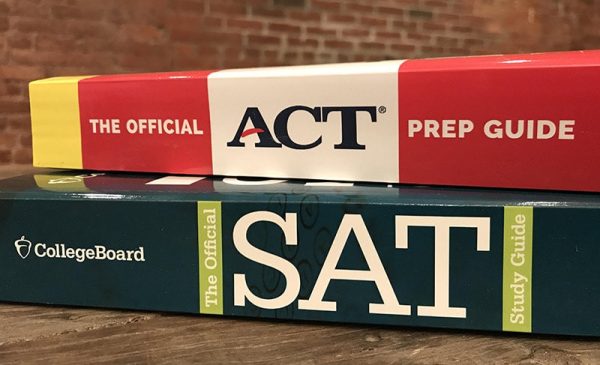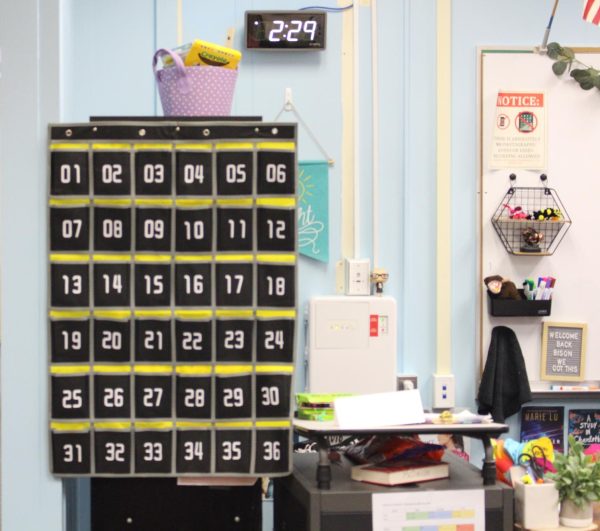Chronic Wasting Disease creates uneasy environment for hunters
Or for anybody really
Chronic Wasting Disease(CWD) or its more common moniker “Zombie Deer Disease”, is a neurodegenerative disease that is prevalent in deer populations in 24 U.S. states. CWD is a disease spread by prions, a type of pathogenic protein that causes cells in the brain and spinal cord to fold in and crumble on themselves. The disease creates a plethora of symptoms that resemble dementia and eventually lead to the death of the animal.
“It might be a serious threat for people who live around deer,” junior David Lender said. “Deer might be walking in front of cars or creating more problems when they are infected.”
Animals suffering from CWD experience dementia, hallucinations, aggressiveness and a difficulty walking and eating. Experts claim that it has the potential to spread to humans as well. According to the journal Emerging Infectious Diseases researchers showed the prions can infect human cells by conducting a petri dish experiment. However, science teacher Brian Vander Ark claims there is a beneficial side to the disease.
“The deer population has already been affected by a lack of predators; a lot of populations are larger now than they would be naturally,” Vander Ark said. “In that way, you could almost see [CWD] as playing a good environmental role that knocks down population to what it should be.”
So far, CWD has had no human cases and its impact on the local deer population has been monitored intensely by scientists. However, monitoring the disease is expensive and difficult as it takes a long time to get results and can only be found if the animal is dead.
Seeing to the fact that all surrounding counties to Cook County have a presence of CWD, it is important to know how to avoid spreading the disease. CWD is present in some areas and absent in others, meaning hunters can avoid the disease by hunting in areas that lack CWD. According to the CDC, tests for CWD exist, however are not available in every state and will not necessarily guarantee the avoidance of the disease.
“If you are a deer hunter, the wise course of action would be to get your deer tested for [CWD] before you consume it,” Vander Ark said. “To minimize cross contamination you might not want to mix the [infected] deer with other deer when making ground venison.”
Most of northern Illinois and southern Wisconsin are marked as disease ridden areas, making local hunting risky and unfavorable to hunters. However, eating tainted meat may not be as serious as imagined. In a recent study published in pubmed.gov, tracking people who ate prion-tainted meat in 2005 have continued to show no symptoms of the disease. To this day it remains the only example of mass source exposure to CWD.
“It’s definitely something to keep in mind, but I don’t think it’s that serious,” senior Dan Jubea said. “It is, however, concerning that we live so close by.”
Chronic Wasting Disease, despite how the media portrays it, is no Hollywood zombie type infection. According to the assistant professor in veterinary sciences at the University of Minnesota, Peter Larsen, CWD’s symptoms are what you’d expect to see of a very sick animal: thin, weak and unable to function normally. Hunters should avoid targeting deer with any of these symptoms. A similar disease exists: a human version of Mad Cow Disease called Variant Creutzfeldt-Jakob Disease. However, its crossover to humans is rare, being contained and studied, showing there’s potential in containing CWD as well.
“For hunters and people that eat deer or live in rural areas, the disease might be something to think about,” Lender said. “For most other people, I don’t think it’s that big of an issue.”





